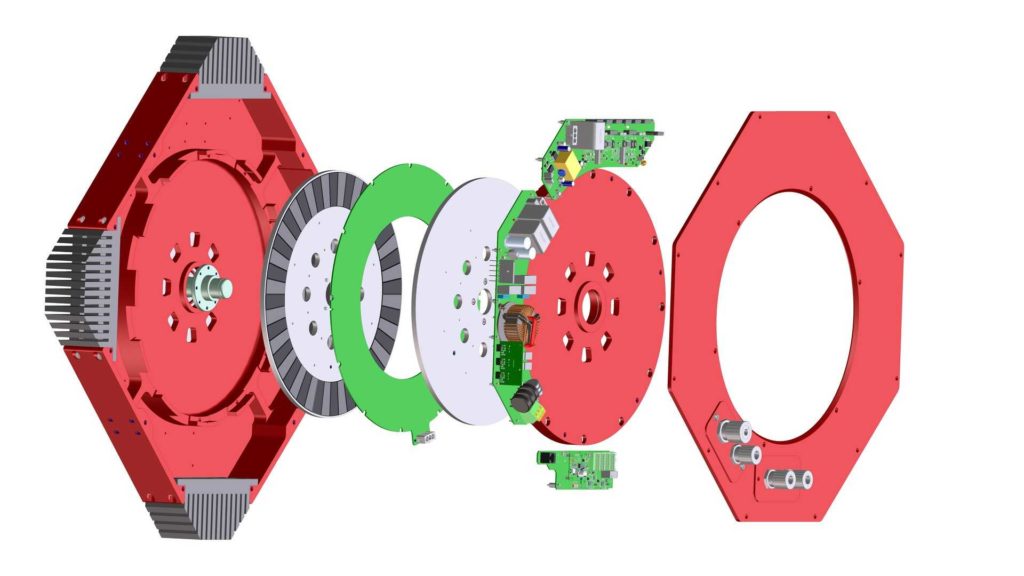The innovation promised by Infinitum Electric, Texan start-up, concerns the stator. It is implemented in printed circuit board on plastic support instead of with conventional iron. In this solution, the copper circuit is integrated in a single printed circuit board, to reduce the energy dispersions associated to the core, thus proving to be 60% lighter, up to 10% more efficient, more compact and even 25% cheaper than a standard electric motor. Moreover, the electric unit can reduce the torque ripple, minimizing noise while used, can integrate drives in the motor and install all sensors in the printed circuit board stator.
 These novelties are expected to make the motor sturdier and more durable because the stator, which contains the entire coil, can boast a thermal expansion coefficient that remains homogeneous in all points. Technologies are protected by 5 patents already registered and other 11 under certification; recently, Infinitum Electric has accomplished the funding of 12.5 million dollars to produce the new motor on a world scale.
These novelties are expected to make the motor sturdier and more durable because the stator, which contains the entire coil, can boast a thermal expansion coefficient that remains homogeneous in all points. Technologies are protected by 5 patents already registered and other 11 under certification; recently, Infinitum Electric has accomplished the funding of 12.5 million dollars to produce the new motor on a world scale.









